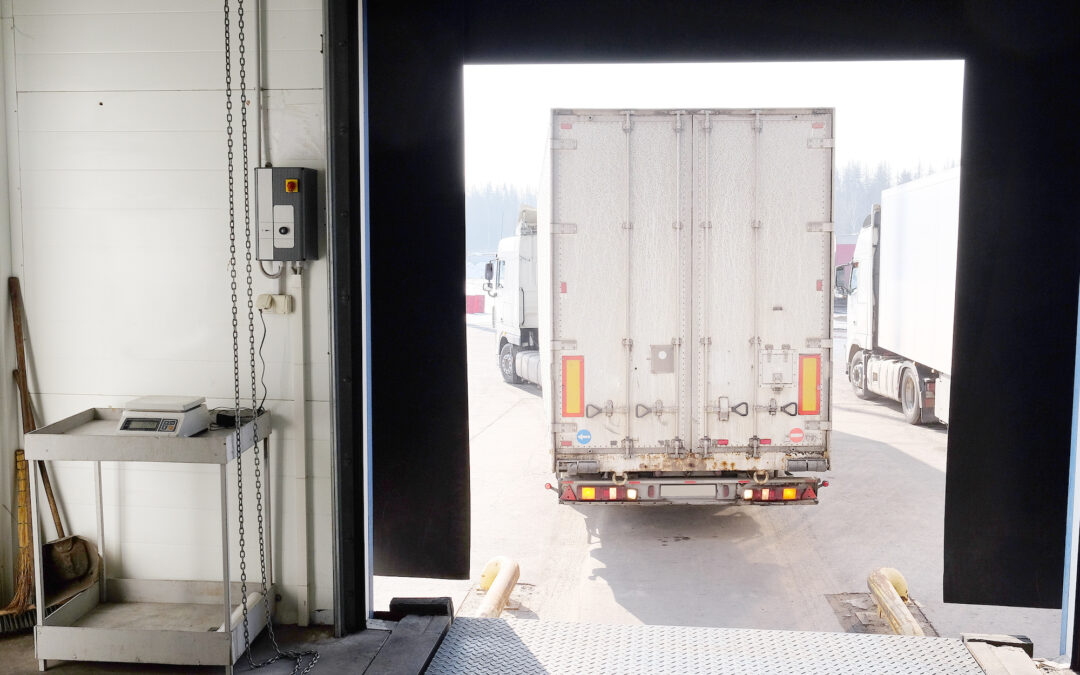Loading docks are often high-traffic areas, with incoming deliveries and outgoing shipments. It is an essential part of an industrial facility. However, it can also be a potentially dangerous place for anyone who works in or around the area. Serious injuries can happen because much of the equipment is big and heavy; many accidents are preventable with proper safety protocols in place. Workers must be trained on loading dock safety and follow OSHA regulations, company policies and procedures, and manufacturer’s requirements.
Discussion Points:
• How safe is your loading dock?
• List the leading causes of fatalities in loading dock areas;
• What contributing factors lead to these events?
• What can be done to prevent incidents?
Discussion:
Approximately 25% of all reported warehouse injuries occur on the loading dock. In the United States, the standard dock height is 48 inches, although they can range from 48 to 55 inches. OSHA regulations on loading dock safety require fall protection on any dock higher than 48 inches. It is required to protect employees from falls using a physical barrier when the dock door is open. Guardrails shall be installed where workers are exposed to floor or wall openings. The driver is responsible for getting the truck to the loading dock without incident. The facility operator must provide a truck access system to assist the driver. Make sure that the parking brakes are engaged and wheel chocks and trailer locking devices are used to prevent movement of the truck. The driver must chock two wheels to comply with OSHA standards. The truck driver should remain in a designated area during the loading and unloading process. Ensure dock plates are secured into position and are capable of supporting the maximum intended load. Always position dock plates to have a minimum overlap of 8 inches at each end. Always check to see that dock plates are secured before using them. Check the dock plate each time a vehicle rolls over it. Check the trailer floor to ensure it is in good condition and can handle the weight of any equipment used during loading or unloading. Only employees who are OSHA- trained and authorized may operate powered hand trucks, hand jacks, or forklifts.
The loading dock area must be well-maintained at all times. Inspect the dock area daily to ensure that emergency equipment is readily available and in good condition. All workers in the loading dock area should wear PPE appropriate for the task, including steel-toed boots, gloves, safety glasses, a hard hat, and a high-visibility safety vest or jacket. Workers in the area of loading docks must be aware of the actions of those around them. If unsure of safety rules or operations, stop and ask a supervisor for clarification.
As always, be safe out there!


Recent Comments